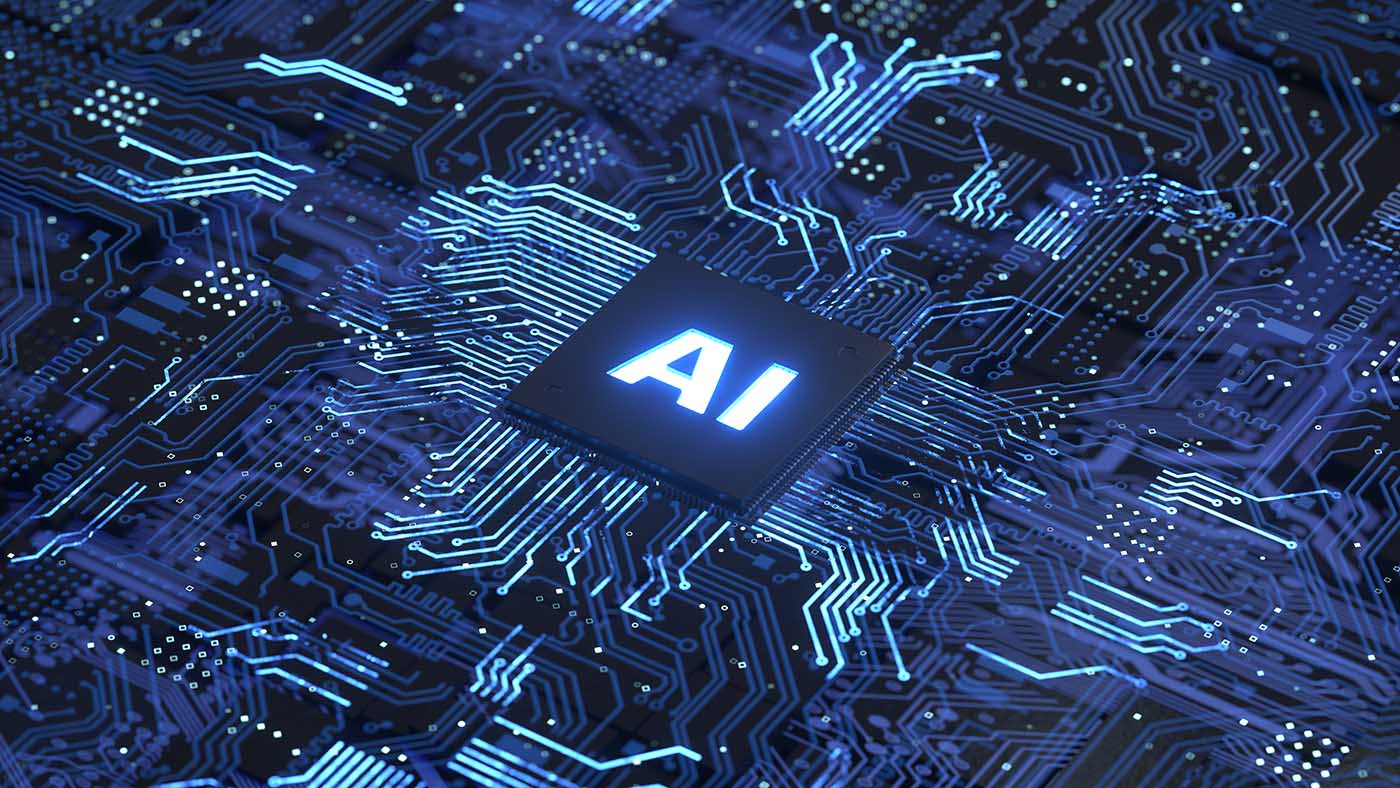Why Companies Are Merging HR and IT
In today’s digital workplace, the boundaries between departments are rapidly fading. One of the most notable trends is the merging of HR and IT departments, driven largely by the growing impact of artificial intelligence. As technology reshapes how work gets done, forward-thinking companies are integrating people and tech functions under a unified leadership model.
This convergence is more than just an organizational shift—it’s a strategic move to ensure that AI, automation, and digital transformation are deployed with a human-centric focus. Businesses increasingly realize that to successfully adopt new tools, employee experience and tech infrastructure must align.
For example, HR departments traditionally handled hiring, development, and culture, while IT was responsible for software, hardware, and security. But now, with AI reshaping roles, workflows, and tasks, both teams need to collaborate deeply. Companies like Salesforce, Workday, and Microsoft are already offering solutions that combine both HR and IT functions to streamline operations and improve decision-making.
The Role of AI in Reshaping Workflows
AI is not just a tool—it’s a catalyst for change in organizational design. When implemented effectively, AI optimizes decision-making, automates repetitive tasks, and enhances employee productivity. But for AI to deliver real value, it needs to be deeply integrated with both technology platforms and people processes.
This is why some companies are creating cross-functional roles like “Chief People and Technology Officer,” tasked with orchestrating both digital infrastructure and workforce evolution. These leaders focus on building systems that prioritize both technological performance and employee satisfaction.
Training employees to understand and collaborate with AI systems is crucial. Companies are increasingly investing in upskilling initiatives to make their workforce AI-ready. For instance, platforms like Coursera now offer AI literacy programs tailored for HR professionals, while IT teams are learning more about organizational design and behavioral science to better align with HR objectives.
Benefits of Unified HR and IT Teams
Merging HR and IT teams delivers several measurable benefits. First, it breaks down communication barriers, allowing faster implementation of digital tools and employee platforms. Instead of IT building tech in isolation and HR reacting later, both departments now co-create systems that serve business goals more effectively.
Second, unified teams can better support change management. When introducing AI tools that impact workflows, having both HR and IT involved ensures smoother transitions, clearer communication, and stronger employee engagement.
Lastly, this model supports agile innovation. Cross-functional teams are more capable of rapidly prototyping and testing solutions, such as internal talent marketplaces, AI-driven onboarding, or custom automation for day-to-day tasks.
As we move toward 2026, more organizations are expected to adopt this hybrid model to remain competitive and resilient in the face of rapid technological change.



